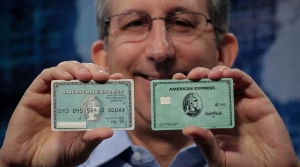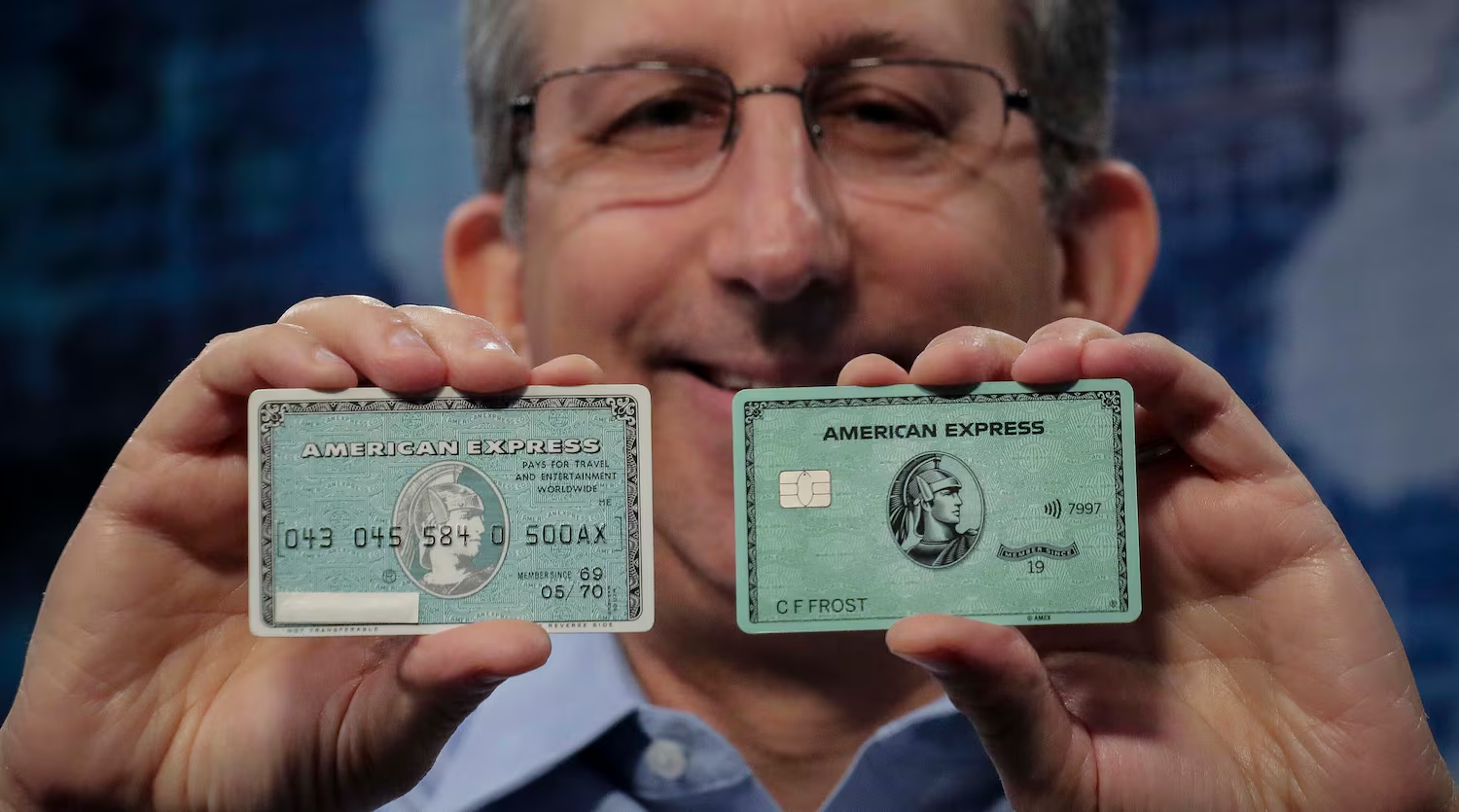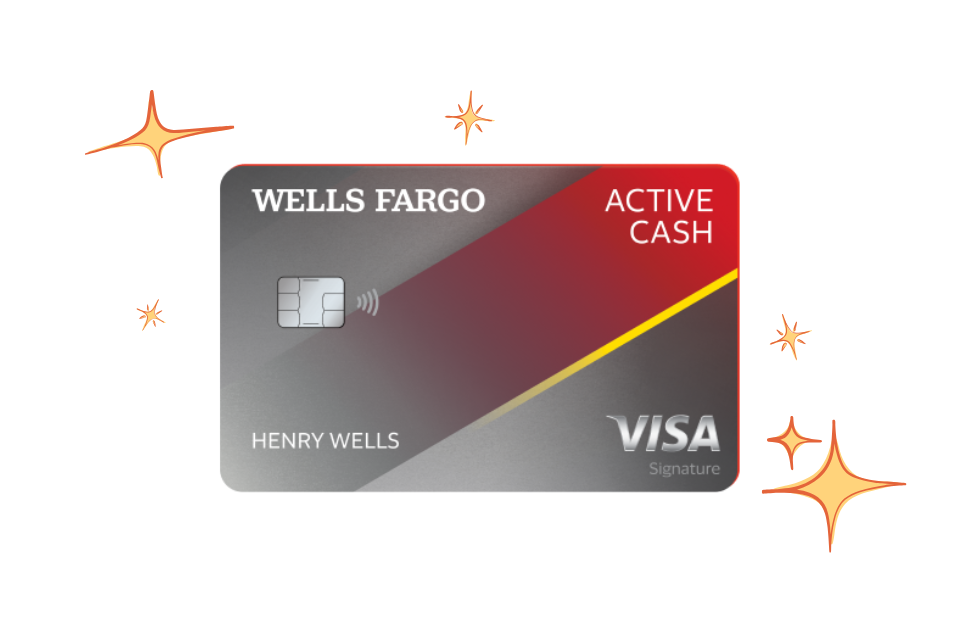Life has a funny way of throwing curveballs, doesn’t it? One day everything’s fine, the next you’re facing an unexpected job loss, a hefty medical bill, or your car decides to give up the ghost. These are the moments that test your financial resilience. Without a safety net, these unplanned events can quickly derail your progress, force you into high-interest debt, or even deplete your savings for planned goals. That’s precisely why building and maintaining an emergency fund is not just a good idea in the United States – it’s absolutely non-negotiable for financial security.
An emergency fund is simply a stash of readily available cash set aside specifically for unexpected expenses. It’s your shield against life’s inevitable surprises, preventing financial emergencies from becoming full-blown disasters. Ignoring the need for this fund leaves you vulnerable. Let’s talk about why having this financial cushion is so critically important and how to build one.
Why You Can’t Afford NOT to Have an Emergency Fund
Seriously, this fund protects everything else in your financial plan. Here’s how:
- Prevents New Debt: This is arguably the most important function. When an unexpected expense pops up and you don’t have cash saved, you’ll likely have to put it on a credit card or take out a loan. This throws you back into (or deeper into) debt, often with high interest rates, making your financial situation worse. An emergency fund breaks this cycle by providing the cash you need without borrowing.
- Protects Your Progress: If you’re aggressively paying off debt or saving for a down payment, an emergency without funds means you might have to pause or completely stop your progress to cover the unexpected cost. An emergency fund allows you to handle the surprise without touching your debt payoff momentum or dipping into savings meant for other goals.
- Provides Peace of Mind: Knowing you have money set aside for the unexpected significantly reduces financial stress and anxiety. It’s a psychological buffer that allows you to weather storms without constant worry about how you’ll cope financially. This peace of mind is invaluable.
- Avoids Cashing Out Investments: Without liquid savings, a major emergency might force you to sell investments (like stocks or retirement funds) prematurely. This could mean paying penalties, taxes, or selling at a loss, hurting your long-term wealth-building efforts. An emergency fund keeps your investments safe.
- Offers Flexibility in Crises: Facing a job loss? An emergency fund buys you time to find a new job without the immediate panic of how you’ll pay rent and buy groceries. It provides options and reduces desperation.
How Much Should Be In Your Emergency Fund?
The standard recommendation for a fully funded emergency fund is 3 to 6 months of essential living expenses.
- What are essential expenses? These are the absolute must-pays to keep a roof over your head, the lights on, and food on the table. Think housing (rent/mortgage), basic utilities, food, transportation (gas/insurance/public transport), minimum debt payments, and essential insurance premiums. It does not include discretionary spending like entertainment, dining out, or vacations.
- Why 3 to 6 Months? The exact amount depends on your situation:
- Job Stability: If your job is very secure, you might be comfortable with 3 months. If your industry is volatile or your job is less stable, aim for 6 months or even more.
- Income Predictability: If your income is variable (freelance, commission-based), a larger cushion provides more security.
- Health: If you have ongoing health issues, a larger fund might be wise to cover potential medical costs.
- Dependents: If you have a family relying on your income, a larger fund offers more security.
- Starting Point: Don’t get discouraged by the 3-6 month goal if you’re starting from zero. The crucial first step is often building a starter emergency fund of $500 or $1,000. This can cover many small emergencies and give you momentum. Focus on hitting this first milestone while you also work on debt, then build the fund up fully.
Where Should You Keep Your Emergency Fund?
The money needs to be safe and easily accessible, but not too easily accessible that you’re tempted to dip into it for non-emergencies.
- High-Yield Savings Account: This is the most recommended spot. Keep the money in a separate savings account from your regular checking account. Look for an online high-yield savings account that offers a competitive interest rate so your money grows slightly over time, but where accessing it isn’t instant (it might take a day or two to transfer to checking).
- Money Market Account: Similar to a savings account, often requires a higher minimum balance but might offer slightly higher interest rates and check-writing privileges (though you shouldn’t use it like checking).
- Avoid: Don’t keep your emergency fund in investments (stocks, mutual funds) because their value can fluctuate, and you might need the money when the market is down. Don’t keep it in your checking account where it’s too easy to spend on non-emergencies. Don’t lend it out.
Building an emergency fund is a fundamental pillar of financial planning in the United States. It’s your essential safety net, protecting you from unexpected events that could otherwise throw your entire financial life off track and into debt. Start with a small goal, build consistently, aim for 3-6 months of essential expenses in a separate, accessible savings account, and guard it fiercely for true emergencies only. This fund buys you security, peace of mind, and the ability to stay on the path towards your other financial goals.









